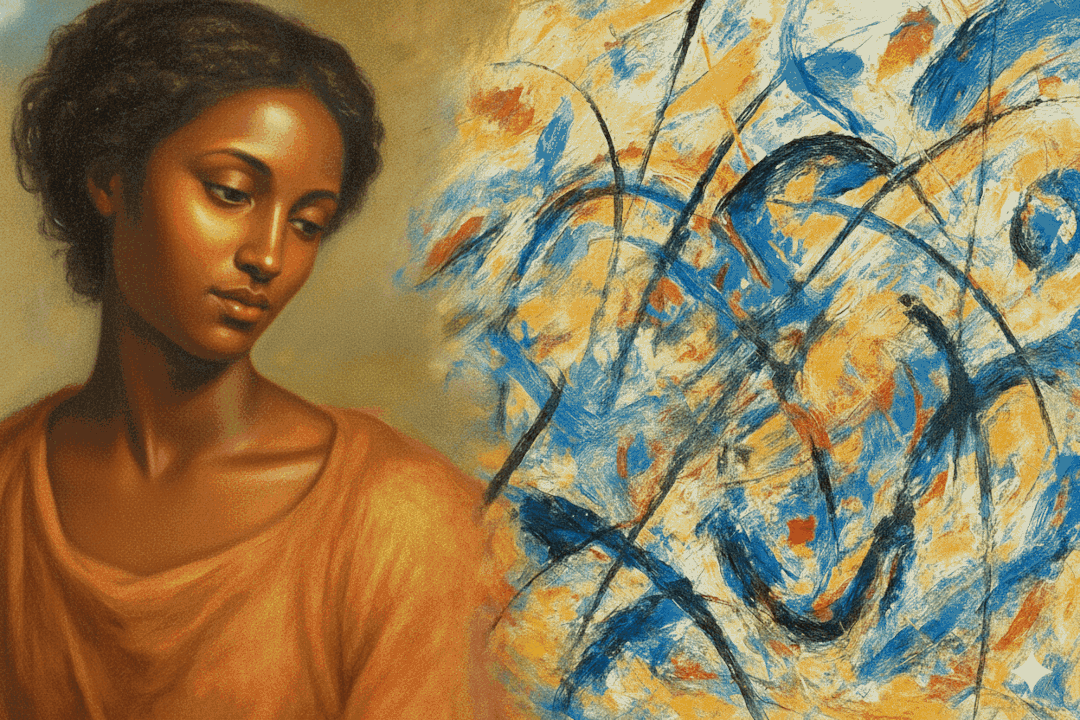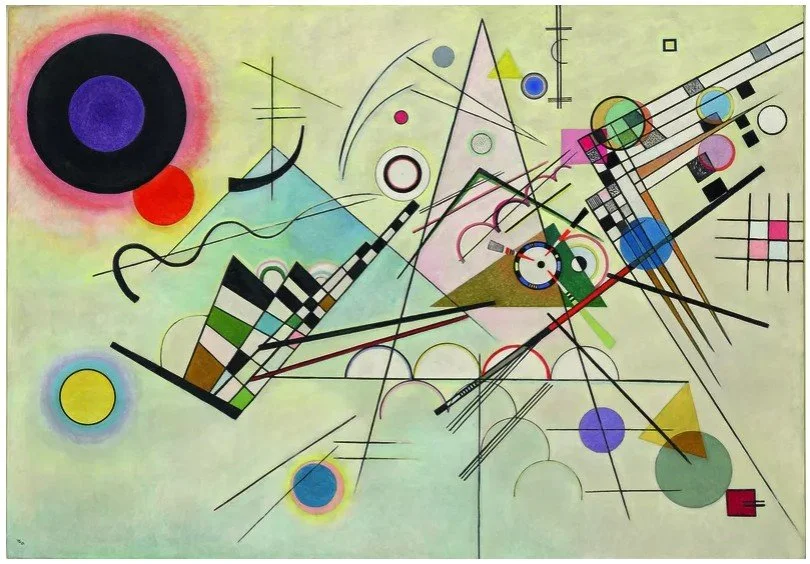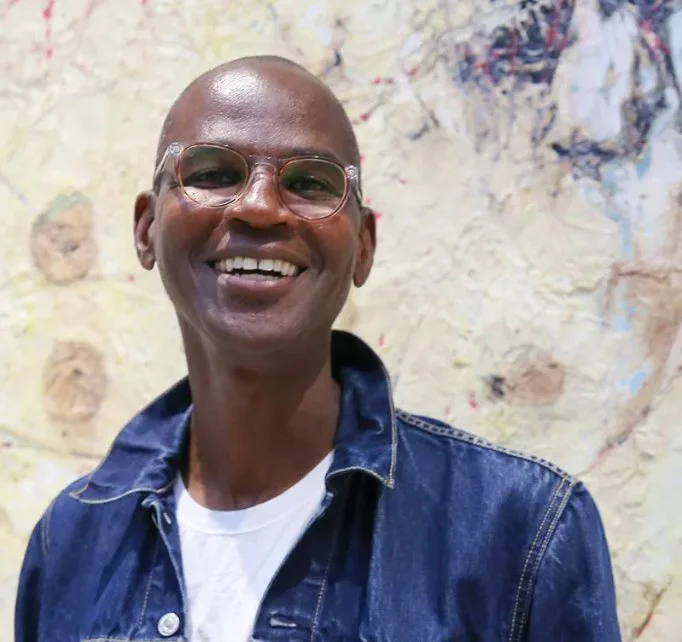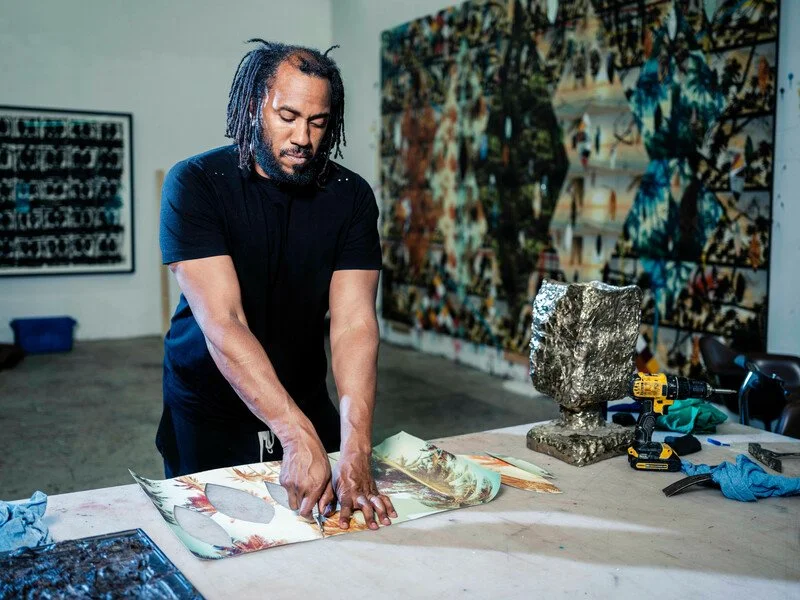The Rebellion: From Classical Form to Abstract Expression
Every Revolution Begins with a Brushstroke
For centuries, painters devoted their talents to capturing the visible world—portraits, landscapes, and idealized forms that mirrored nature and myth alike. Then came a profound disruption: photography.
When the camera arrived in the 1800s, artists were suddenly freed from the duty of imitation. Painting no longer had to document; it could dream. That moment launched a new purpose for art—to explore emotion, spirituality, and the unseen depths of human experience.
“Color is a power which directly influences the soul.”
How Photography Freed Painting
The invention of photography in the mid-19th century changed everything. Artists began to wonder: if a camera can record reality, what can a painting do that a photograph cannot?
That question led visionaries like Wassily Kandinsky to experiment with pure color, rhythm, and form. In his 1911 text Concerning the Spiritual in Art, Kandinsky argued that color and line—freed from realistic depiction—could communicate as directly as music.
Wassily Kandinsky, Composition 8 (Komposition 8), July-1923.
By the 1940s and ’50s, this radical idea reached full bloom with the Abstract Expressionists. Painters such as Jackson Pollock and Mark Rothko transformed the canvas into a field of emotion—gestural, meditative, and deeply personal. Abstraction had become not just a style but a language of the inner life.
Convergence, (1952) by Jackson Pollock.
Untitled, (1959) by Mark Rothko.
Abstraction Today: Boundless Expression
Fast-forward to the present, and abstraction is everywhere—vibrant, global, and infinitely adaptable. Today’s artists use it not only for personal expression but also for social and cultural commentary.
Julie Mehretu at The Project, Harlem (2001). Photo: Nicole Bengiveno / The NY Times.
Mark Bradford at the Venice Biennale (2017).
Rashid Johnson in his studio. (2019)
Julie Mehretu maps entire worlds through layered lines that recall architectural plans and aerial views. Her abstractions speak to migration, conflict, and history.
Mark Bradford collects found paper from city streets and transforms it into vast, textured collages. His abstract grids both honor and critique the systems that shape urban life.
Rashid Johnson pushes the language even further—working with black soap, shea butter, and wax to create richly textured surfaces that explore memory, identity, and belonging.
Together, these artists prove that abstraction remains a living, evolving conversation—one that holds room for both beauty and critique.
Local Voices, Global Story
Here in our own community, that conversation continues through Frank Kelley Jr., a professional artist and Grambling State University graduate whose work is a cornerstone of our community and our museum’s permanent collection.
Kelley’s art draws deeply from Southern life—its faith, rhythm, and resilience. Though he is versatile across genres, his abstract paintings are especially powerful. He layers sunlit yellows, electric blues, and saturated reds on rag paper, building texture with mixed media.
His signature use of white paint, which he associates with purity, security, and renewal, gives his works a striking sense of balance and hope. Each piece feels alive—part improvisation, part meditation.
Frank Kelley, Jr. at work in his studio.
“I paint what I feel and imagine. That’s where the truth lives.”
Kelley’s abstractions resonate with the same spirit that once drove Kandinsky, Pollock, and Rothko: a belief that color and movement can express what words cannot. Yet his work is unmistakably his own—rooted in Southern soil, guided by faith, and open to the universal.
Frank Kelley, Jr. Untitled, acrylic and mixed media.
Frank Kelley, Jr. Untitled-2, acrylic and mixed media.
The Eternal Rebellion Lives On
Abstraction’s journey—from classical ideals to the emotional freedom of modern expression—is a story of art’s most enduring rebellion. It’s a refusal to be confined by representation, a declaration that creativity is boundless.
That rebellion continues today here at the Northeast Louisiana Delta African-American Heritage Museum. Come experience it and see how global ideas of form and color find a powerful local voice.








